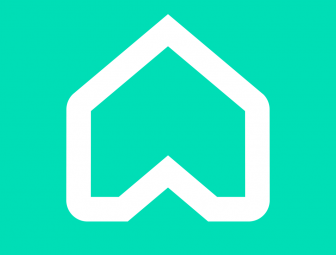[openai_chatbot] rewrite this content and keep HTML tags as is:

The property portal reports the sharpest monthly price drop at this time of year – based on more than 20 years – with the average asking price across the UK down 1.2%, or £4,531, this month to £373,709.
Rightmove says that the continued decade-high level of housing supply for sale is limiting price growth, compounded by the start of the traditional summer holiday season, with vendors required to ‘work harder’ compared to the spring to capture distracted buyers’ attention.
In some previous years, such a price drop might have been an indicator of a slower market. However, tempting pricing from new sellers is helping to improve buyer affordability, enticing new buyers into enquiring, and helping year-on-year growth in the numbers of sales being agreed, the property website said.
Pricing is key, and sellers who are over-optimistic on their initial asking price are increasingly at risk of getting lost among the competition. The muted price trend that we’re seeing at this point in the year has led Rightmove to reforecast its property price prediction for 2025 from +4% to +2%. With mortgage rates falling and two more Bank Rate cuts still expected in 2025, the overall outlook for the second half of the year remains positive.
Colleen Babcock, property analyst at Rightmove, said: “We’re seeing an interesting dynamic between pricing and activity levels right now. The healthy and improving level of property sales being agreed shows us that there are motivated buyers out there who are willing to finalise a deal for the right property. What’s most important to remember in this market is that the price is key to selling.
“The decade-high level of buyer choice means that discerning buyers can quickly spot when a home looks over-priced compared to the many others that may be available in their area. It appears that more new sellers are conscious of this and are responding to this high-supply market with stand-out pricing to entice buyers and get their home sold.”
Beneath the headline national monthly price fall this July, the picture isn’t the same across the whole of Great Britain.
London has seen the biggest regional monthly price fall at -1.5%, driven especially by Inner London. April’s increase in residential stamp duty in England has had a greater impact in London where property prices are higher, while last year’s increase in stamp duty for investment and second homes will also be having an effect. Additionally, changes to non-dom tax rules and uncertainty around future tax changes may be affecting investment into the central London market. However, the rest of Great Britain represents around 90% of the housing market. The North East, which is the least expensive region of Great Britain, has seen a 1.2% increase in prices this month, continuing the trend of cheaper areas seeing faster price growth.
Realistic and competitive pricing from new sellers in response to the high-competition market is driving an increase in buyer activity. The number of property sales being agreed is 5% higher than at this time last year, and highest at this time of year since 2021.
Encouragingly for future sales, the number of potential buyers contacting estate agents about available homes for sale is 6% higher than last year. Another knock-on effect of the more muted price trends is improved buyer affordability. The average new seller asking price for a home in Great Britain is now just 0.1% higher than a year ago, while average earnings are up by over 5%.
Additionally, Rightmove’s mortgage tracker shows that the average two-year fixed mortgage rate is now 4.53% compared with 5.34% at this time last year. For someone purchasing a home at the average asking price, this equates to a saving of nearly £150 per month on a new mortgage over 30 years and with a 20% deposit.
Rightmove is now expecting the average asking price for a home to rise by 2% rather than our original forecast of 4% over the whole of 2025.
The property website also expects the annual rate of growth to increase from its current 0.1%, as the level of buyer activity is encouraging, but the decade-high supply of homes on the market is limiting that growth. Rightmove is also retaining its forecast of 1.15 million transactions in 2025. The overall market outlook remains positive for the second half of the year, and if the two currently forecast Bank Rate cuts go ahead as expected this would further stimulate buyer affordability.
Babcock added: “It’s been a promising first half of the year for activity levels, particularly when you consider that some will have brought their plans forward to try to avoid added stamp duty from April. Even after the stamp duty deadline, we’re seeing more sales being agreed and more new potential buyers entering the market than at the same time last year. Still, the knock-on effect of high buyer choice is slower price growth, so we’re revising down our prediction of how much the asking price of a home will increase over the whole of the year.
“Looking ahead to the second half of 2025, there will still very likely be the usual quieter seasonal periods around the summer holidays and Christmas, but we expect market activity to continue to be resilient. Crucially, buyer affordability is heading in the right direction, and another two Bank Rate cuts before 2026 would be a big boost to this.”
Property industry reacts to new Rightmove House Price Index
[/openai_chatbot]
#prices #record #biggest #July #fall #Rightmove #halves #growth #forecast